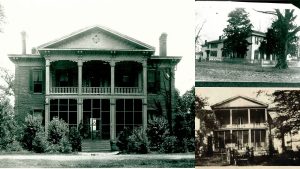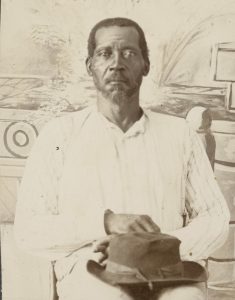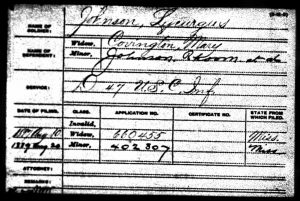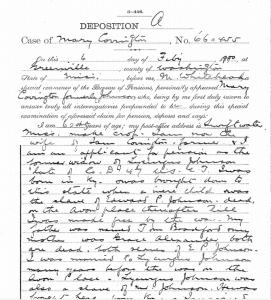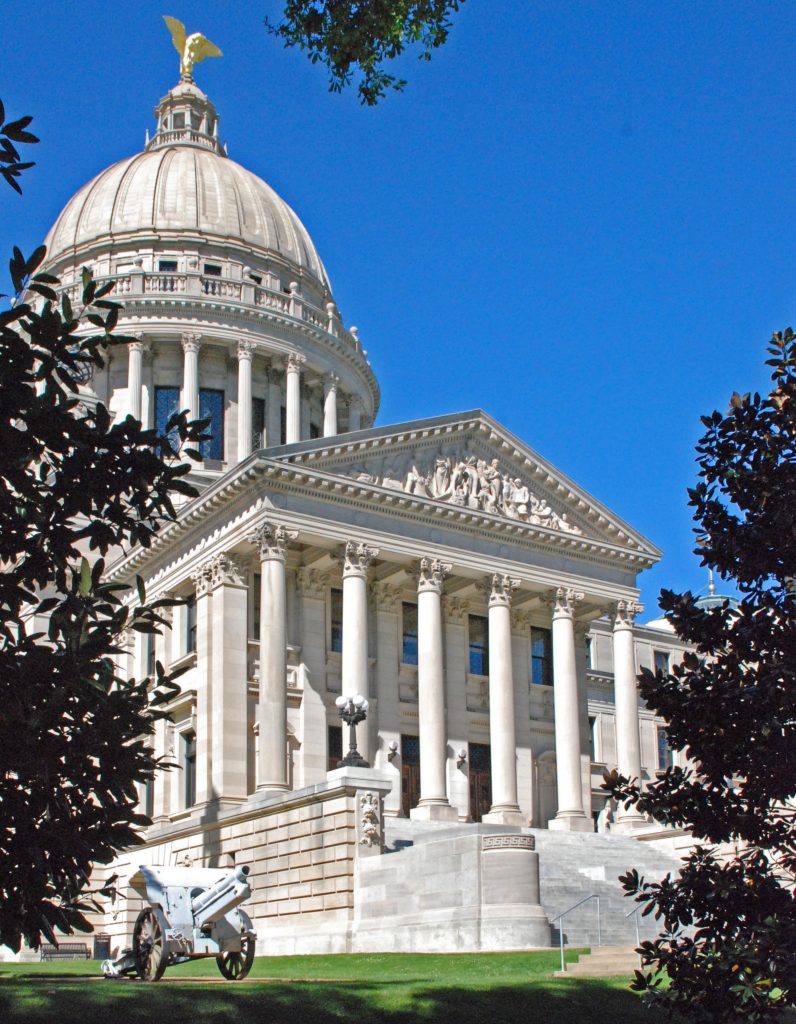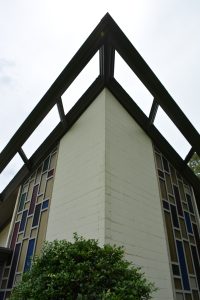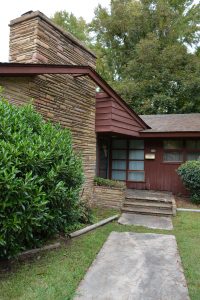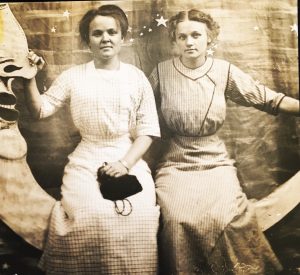Lakeport Legacies · From Mosaic Templars to Royal Circle of Friends: Identifying Arkansas’s African American Fraternal Headstones
From Mosaic Templars to Royal Circle of Friends: Identifying Arkansas’s African American Fraternal Headstones
presented by
Dr. Blake Wintory (Lakeport Plantation)
Thursday, May 25
Refreshments & Conversation @ 5:30 pm
Program @ 6:00 pm
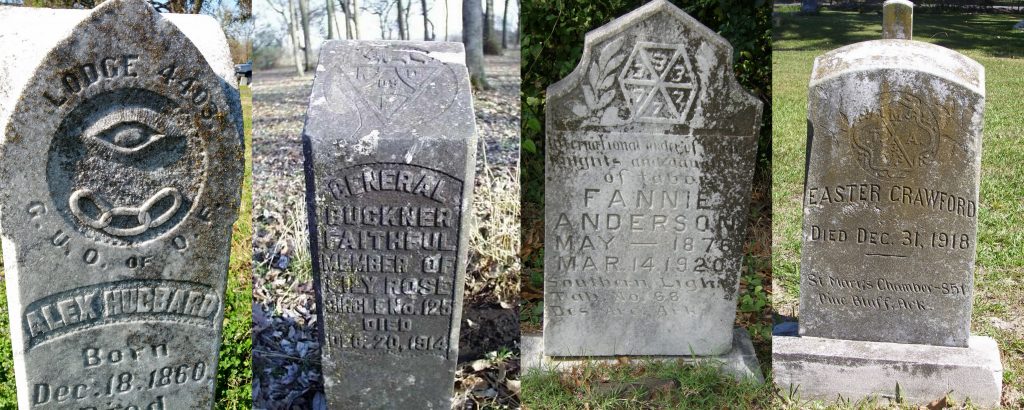
Organizations like the Knights and Daughters of Tabor (above), Mosaic Templars, and Supreme Royal Circle of Friends issued standard monuments to deceased members.
Arkansas’s African American cemeteries are dotted with monuments from fraternal organizations founded in late 19th and early 20th centuries. Membership was often social, but also came with desirable sickness and death benefits. Several Arkansas-based fraternal
In this presentation you will learn about the rise and decline of these organizations and see examples African American fraternal monuments throughout Arkansas and the Mississippi Delta.
RSVP to this FREE Event
(by phone, email or online)
870.265.6031 ·
601 Hwy 142 · Lake Village, AR 71653

